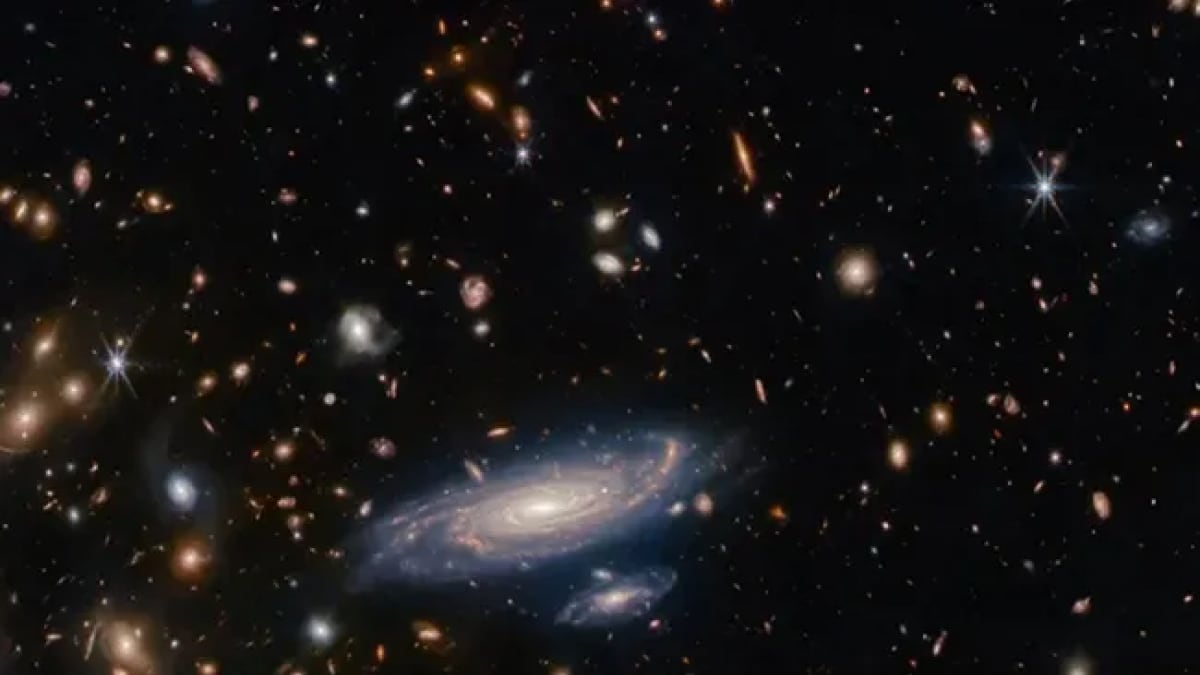The James Webb Space Telescope (JWST) has made a remarkable discovery. The telescope has found a galaxy from the early universe that appears to have grown from the outside in. This galaxy, known as JADES-GS+53.18343−27.79097, was formed just 700 million years after the Big Bang. It's significantly smaller than our Milky Way but demonstrates an unusual growth pattern where stars are forming more rapidly at its outer edges compared to its dense centre. This discovery confirms theoretical predictions about how galaxies might have formed in the early universe.
Growth in Galaxies: A New Discovery
Astronomers have long theorised that galaxies in the early universe could grow in an “inside-out” manner, but these ideas lacked observational proof until now. Thanks to JWST's advanced capabilities, researchers were able to study galaxies that were previously hidden behind gas and dust. The discovery, published in Nature Astronomy, represents the earliest observation of such a phenomenon, and it opens new pathways for understanding how galaxies evolve. William Baker, a graduate student at the University of Cambridge, explained how this observation felt like “checking your homework” since it confirmed long-held models.
Looking Back in Time
This galaxy was identified through JWST's JADES (JWST Advanced Deep Extragalactic Survey) project, which collects light from distant objects, allowing astronomers to study the universe's past. Using the telescope's Near-Infrared Spectrograph (NIRSpec), scientists calculated the ages of the galaxy's stars. They found a dense core surrounded by rapidly forming stars in a disc of gas and dust. The galaxy is doubling in size every 10 million years—much faster than the Milky Way's growth rate.
Sandro Tacchella, Professor of Astrophysics at the University of Cambridge, noted that this discovery raises important questions about galaxy formation. Researchers now plan to investigate whether other galaxies from this period exhibit similar behaviour.
































